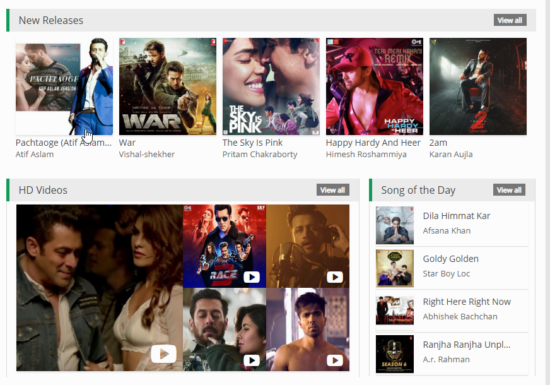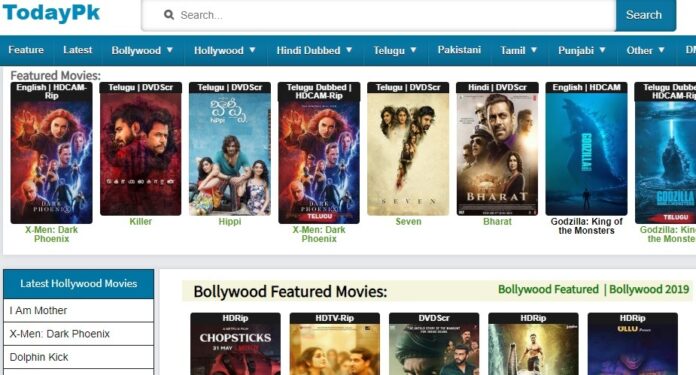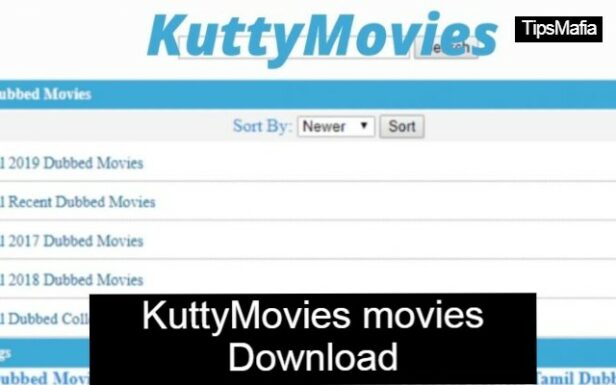When it comes to embedding maps into your web or mobile applications, two giants dominate the market: Mapbox and Google Maps. Both platforms offer a robust suite of tools for developers, but choosing the right one depends on your specific needs, budget, and technical expertise. Whether you’re working on geospatial analytics, real-time tracking, or simply guiding users to a store, understanding the pros and cons of each can significantly impact the success of your project.
Performance and Customization
All Heading
One of the most critical factors to consider is how much control you need over the design and performance of your maps.
- Mapbox offers high levels of customization. Developers can control almost every visual aspect of the map through Mapbox Studio, allowing for themed map designs tailored to brand identity or user experiences.
- Google Maps, while highly polished and familiar to most users, offers more limited customization. It’s ideal if you’re looking for quick deployment with tried-and-tested visual layouts.
From a performance standpoint, both platforms are competitive, but Mapbox has a slight edge in situations requiring client-side rendering with WebGL, resulting in smoother experiences for interactive or animation-heavy applications.

Data and Coverage
Google Maps is known for its comprehensive and precise geospatial data. With decades of street-level data collection, satellite imagery, and continuous updates, it offers unmatched accuracy in urban and developed areas.
Mapbox builds its maps using OpenStreetMap and other sources, meaning the quality of its data can vary by region. However, it does allow users to feed their own data layers into the platform, which is ideal for niche applications or where public data is lacking.
- Google Maps: Best for applications where data accuracy is paramount.
- Mapbox: Best for applications requiring customizable or proprietary data inputs.
Pricing and Licensing
Pricing can vary substantially, and it often plays a central role in the decision-making process.
- Google Maps operates on a pay-as-you-go model. After exceeding the free tier (currently $200 of usage per month), costs can increase quickly depending on API calls and map views.
- Mapbox also provides a free tier with a generous number of map loads and custom map views, and its pricing tends to scale better for larger deployments or heavily customized applications.
Mapbox may be more cost-effective for startups and companies with unique visualization needs or high user interaction. In contrast, Google Maps provides peace of mind when your business requires high data accuracy and global support.

Developer Experience and APIs
Both Mapbox and Google Maps offer comprehensive APIs and SDKs, but the development experience can differ:
- Google Maps provides a rich set of APIs like Places, Routes, and Geocoding that are easy to integrate and backed by extensive documentation.
- Mapbox excels in dynamic map creation, vector tiles, and advanced animations, but it may require a slightly steeper learning curve for new developers.
If you’re building a straightforward store locator, Google’s APIs will likely get you up and running faster. However, if you intend to develop a unique, visually immersive application, Mapbox gives you the flexibility to innovate.
Use Cases and Industry Adoption
The best way to choose between Mapbox and Google Maps is to consider how each platform aligns with your project goals:
- Mapbox is popular among industries that prioritize design and real-time rendering — think data visualization platforms, logistics apps, and creative storytelling tools.
- Google Maps is the go-to for rideshare services, travel companies, and retail businesses that need reliable navigation and location search capabilities.
Both platforms are solid choices, with numerous case studies supporting success across diverse industries. Ultimately, your choice depends on how much flexibility you need and whether cost or data accuracy matters more to you.
Conclusion
There is no one-size-fits-all answer in the Mapbox vs. Google Maps debate. Each platform excels in particular areas, and the right choice hinges on your project’s scope and priorities.
If your application demands high customizability, rich styles, and client-rendered performance, Mapbox may be your best bet. On the other hand, if you need tried-and-tested mapping with robust location features and minimal setup, Google Maps remains an industry leader for good reason.
Before choosing, consider prototyping with both. Evaluate feature sets, API limitations, pricing, and support communities — and let your roadmap guide your decision.













Recent Comments